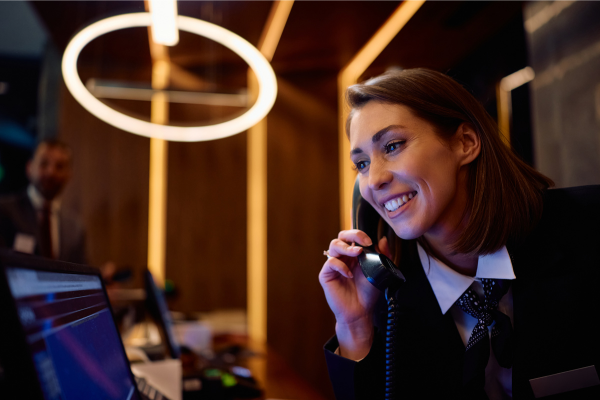Dos and Don’ts for Hotels on Instagram
Dos and Don’ts for Hotels on Instagram
Over the last four years, Instagram has become one of the most powerful and most under-utilized community engagement platforms for hoteliers. As consumers gravitate toward images over text, Instagram’s visual platform is a way for hoteliers to use content marketing to reach their guests.
Hoteliers often ask about how they can leverage Instagram to connect with a digital community of potential guests. Here are some dos and don’ts for hoteliers, according to a recent L2 study that evaluated the performance of 250 brands across nine categories on Instagram.
DO: Test, learn, test again
Unlike Facebook, which has become a pay-to-play marketing platform, content testing still drives results on Instagram. Currently, hoteliers still have unwalled access to their followers on Instagram. With 100% organic reach, successful marketers on this platform are focusing resources on experimenting with different content types, rather than acquiring followers. Brands have dialed up efforts on Instagram. Post frequency has grown 23% over the last five quarters, according to the same L2 report.
But, given that hotels are incentivized to cut through the noise with as much content as possible how much is too much? L2 says there is a negative correlation between post frequency and engagement rate, but it’s a weak one. One-third of brands posting over 20x per week maintain above-average engagement. In the travel industry specifically, brands in the study averaged 6 posts per week.
DON’T: Wait
To date, Instagram has kept advertising to a minimum, which helps keep organic reach high. But, given that Facebook owns the platform and given its demonstrated willingness to erect a paywall between brands and their hard-won communities overnight, hoteliers should assume that eventually, Instagram will also become a pay-to-play platform in the future. Build your community, assets, and skills now, because eventually, it’s going to cost you.
DO: Put product in context
We talk quite a bit about how hotel marketing needs to change, because at this point, it’s all the same. It’s all about how beautiful the rooms are, how great the beds are, how wonderful X amenity is. But, product stories told in the context of lifestyle on Instagram garners the greatest engagement, according to an L2 analysis of the top 200 Instagram posts by engagement rate in 2014.
DON’T: Get overly promotional
Least likely to engage customers are posts promoting contests, corporate social responsibility initiatives, or sales. There are a few exceptions: Socially conscious Patagonia’s CSR posts, for example, do well (We mention this, because Patagonia’s content is very lifestyle-oriented and could serve as great inspiration for hoteliers).

DO: Capitalize on UGC
Your guests create content that threads the needle between aspirational and authentic imagery. For example, the #MyShinola campaign generates 1.7x the engagement of Shinola’s other posts on Instagram and Twitter (the brand deftly uses high-quality user images to augment product collateral on site). Making use of consumers’ Instagram content at scale also gives brands an additional means by which to connect with and recognize advocates. But by and large, user-generated content remains especially underleveraged relative to its power to drive sales.

Four Seasons Hotels and Resorts does a fantastic job with using guests’ Instagram content to recognize advocates and generate authentic, guest-generated imagery for engagement. This week, they’re running the #wakeupwithFS campaign, which is seeing some good engagement, just three days into the campaign.

The potential of Instagram’s platform for hotels is still unfolding. Hotel marketers can now tell richer, sequenced stories in the form of swipeable galleries of up to four images thanks to the carousel ads that Instagram launched last month. More importantly, hotel marketers can embed a post-level call-to-action in the units—a first for Instagram—but it doesn’t link off-platform.
Most intriguing, however, is the idea of ad packages across both Facebook and Instagram, leveraging new data-sharing practices. For example, Mercedes-Benz campaign in 2014 beta-tested the ability to retarget Facebook users who had already seen Mercedes’ ads on Instagram, leading to a 54% increase in site visits, according to L2. The pairing of Facebook and Instagram has great potential, and it will be interesting to see how these capabilities develop.
To sum it up, the most important thing for hotels on Instagram right now: DON’T WAIT. Get started now, before you lose the ability to build your community without a hefty marketing spend.
Want to drive more direct revenue and connect with guests? Download our free Email Marketing Strategy Guide. Never before has there been a more jam-packed, industry-specific guide to help hoteliers master the art (and science) of email marketing. Over 40+ topics with actionable insights, strategies, and best practices for email marketing.
Related Posts
This site is protected by reCAPTCHA and the Google Privacy Policy and Terms of Service apply. View our Terms & Conditions here. *Required fields.



